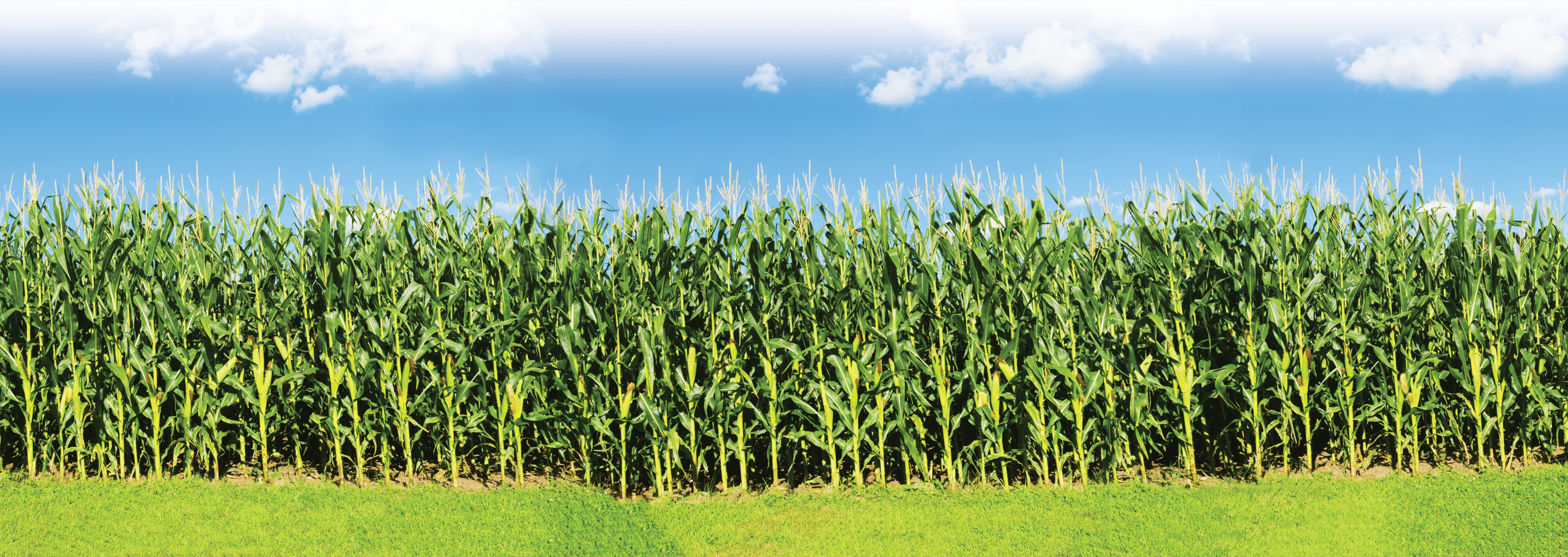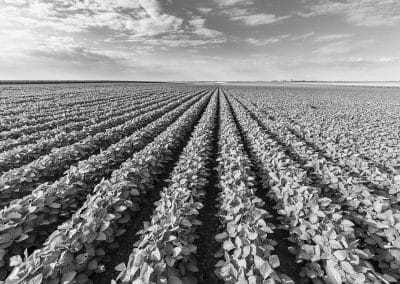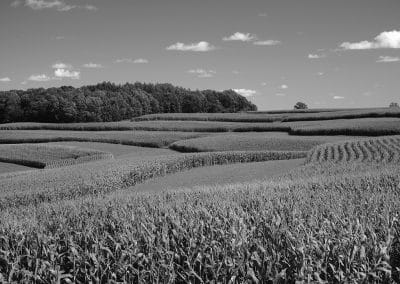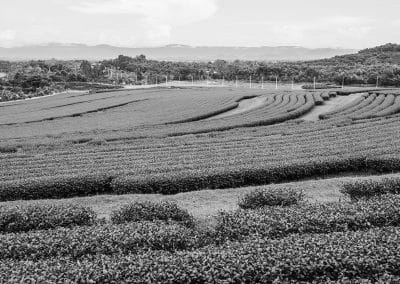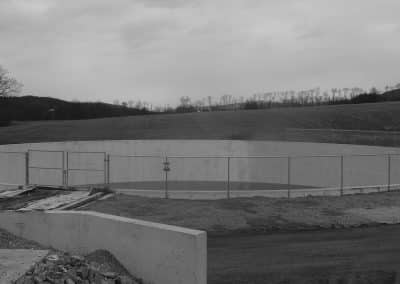Agriculture Conservation
Blair County Agriculture
Agriculture is Blair County’s #1 industry, with dairy farming as the largest sector of the industry. In recent years we have seen a diversification into beef, hogs, chickens, goats and sheep; as well as produce and crop operations. The county also has a strong presence of horse farms.
The major crops grown in Blair County are: corn, alfalfa, grass, soybeans and small grains such as wheat, rye, oats and triticale. There is an increase in crop farms as farmers are retiring from raising animals.
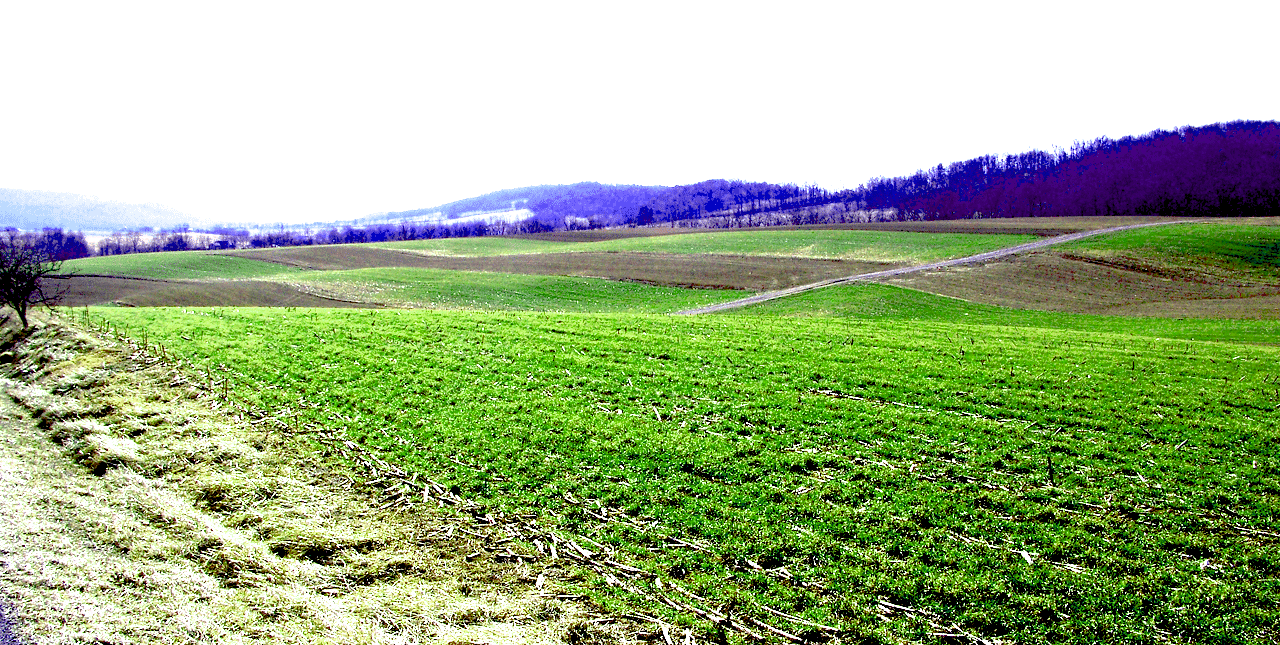
Common Conservation Practices Used By Farmers Are:
Conservation Tillage/No-Till
Cover Crops
Strip Cropping
Contour Farming
Crop Rotation
Diversion/Waterways
Buffers
Sediment Control Basins
Manure Management
Crop Residue Management
Prescribed Grazing
Streambank Protection/Fencing
Animal Concentration Area Management
Manure Storage
Soil
Soil is a resource made up of three main components: minerals (of various particle sizes such as sand, silts and clays that are from rock), organic matter (remains of plants and animals), and the living organisms that live in the soil. Soils properties may change in response to both natural and human activities.
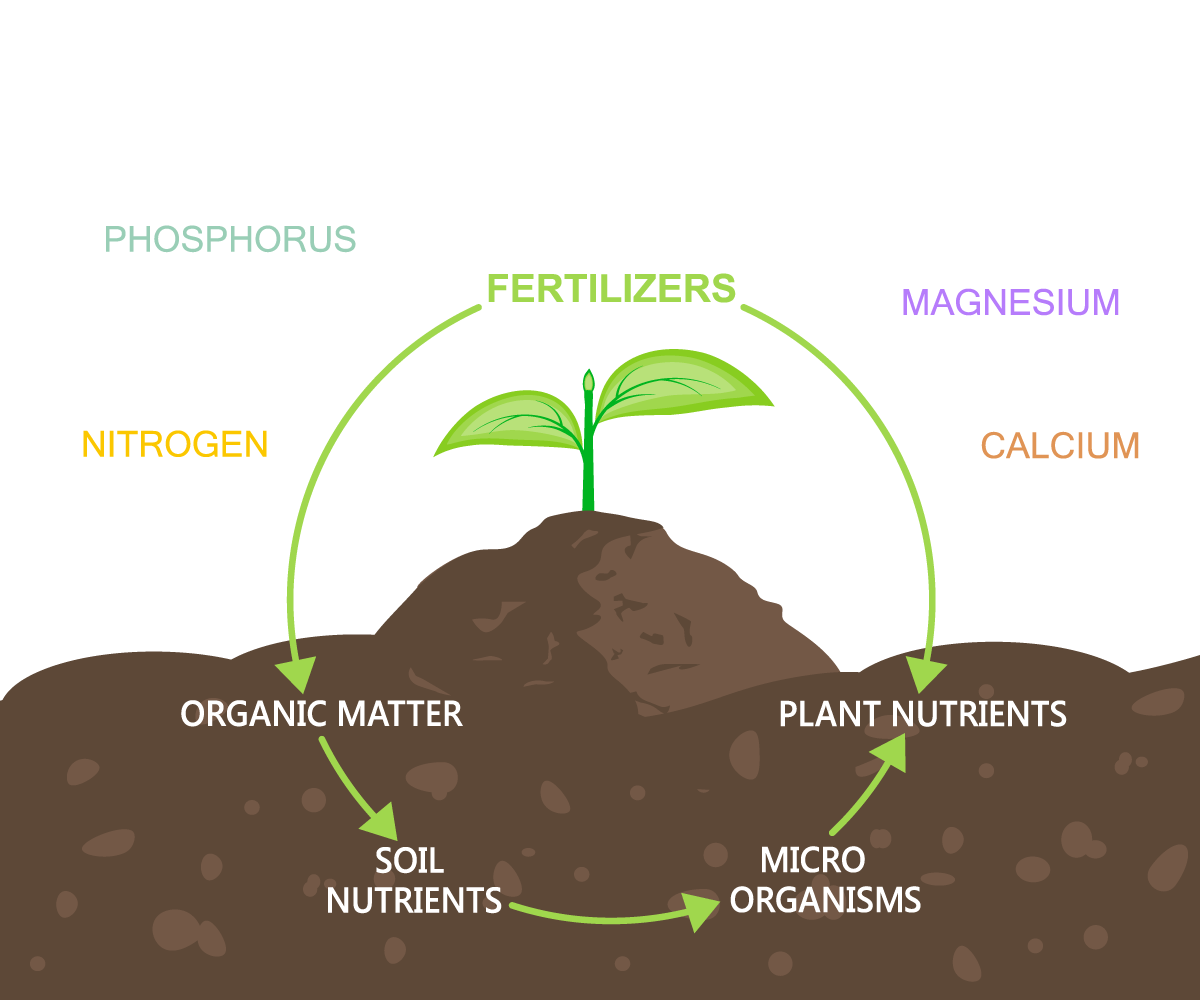

Fun Facts
- There are about 91,000 acres of farmland in Blair County.
- Conservation practices are implemented to minimize the movement (or loss) of soil and nutrients, to improve water quality and to improve soil health.
- Tolerable soil loss “T” equals 3 tons per acre or a depth of .03 inches (10 sheets of paper).
- Conservation practices may help to reduce farm expenses by decreasing fuel usage, decreasing inputs such as fertilizer and/or increasing crop production. All Conservation Practices have a positive impact on our Natural Resources.
%
Blair County’s has 337,000 acres and only 27% is harvested cropland.
%
98% of farms in PA are family owned.
